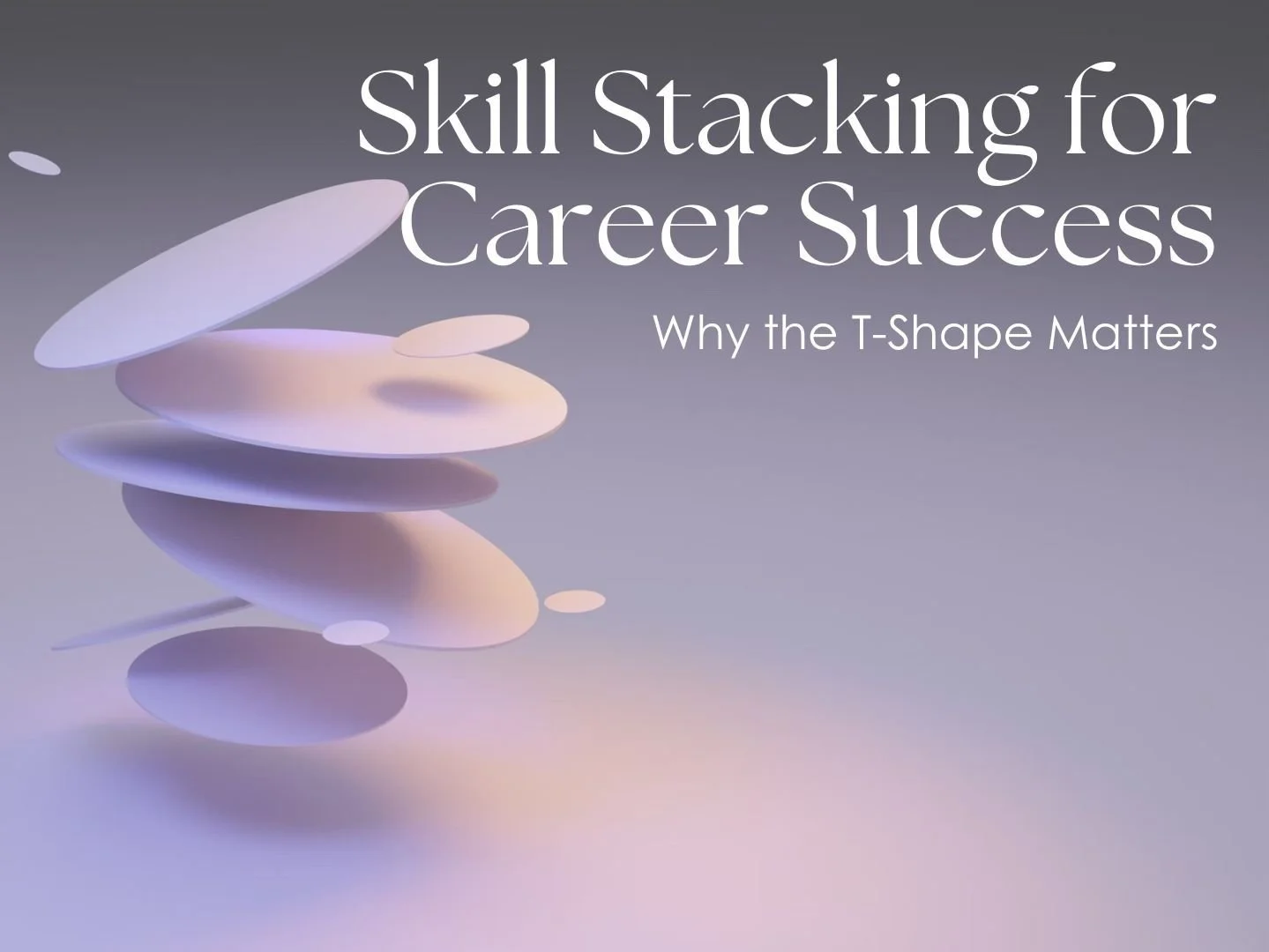The Ultimate Guide to Building Your Chef Portfolio
A food portfolio for chefs is a comprehensive collection of materials that showcases a chef's skills, achievements, and culinary style. It's akin to a visual and narrative résumé that highlights their expertise, creativity, and professional journey.
Here are the key components typically included in a chef's food portfolio:
Introduction and Biography:
A brief introduction about the chef, including their background, culinary philosophy, and career aspirations.
A detailed biography that covers their education, training, and professional experience.
Resume or CV:
A formal résumé or curriculum vitae outlining their professional history, including positions held, responsibilities, and notable achievements.
Photographs of Dishes:
High-quality images of their signature dishes, showcasing plating skills, creativity, and diversity in culinary techniques.
These photographs should be professionally taken to emphasize the visual appeal of their work.
Recipes and Menus:
Detailed recipes of selected dishes to demonstrate their ability to create and execute recipes.
Sample menus from different types of establishments they have worked at (e.g., fine dining, casual dining, catering events).
Professional References:
Letters of recommendation or testimonials from former employers, colleagues, or culinary mentors.
Contact information for professional references who can vouch for their skills and work ethic.
Awards and Recognitions:
Documentation of any culinary awards, competitions won, or recognitions received.
Certifications from culinary schools or professional organizations.
Media and Publications:
Articles, interviews, or features in culinary magazines, newspapers, or online platforms.
Links or copies of any published cookbooks or contributions to culinary literature.
Special Projects and Events:
Descriptions and photographs of special projects, such as pop-up restaurants, culinary events, or charity functions they have organized or participated in.
Details about collaboration with other chefs, restaurateurs, or food brands.
Personal Touches:
A section that reflects their personality and passion, such as a personal statement, a story about their culinary journey, or a favorite food memory.
Online Presence:
Links to their professional social media profiles, personal website, or blog where they share their culinary creations and insights.
Information about any cooking videos or tutorials they have produced.
A well-crafted food portfolio not only serves as a powerful marketing tool for chefs seeking new opportunities but also as a testament to their dedication and passion for the culinary arts. It's an invaluable asset when applying for positions, negotiating partnerships, or building a personal brand within the industry.
A Step-by-Step Guide to Creating an Awesome Food Portfolio
A food portfolio is an essential tool for chefs looking to showcase their skills and advance their careers. It's more than just a collection of recipes and photos; it’s a reflection of your culinary journey, creativity, and professionalism. Whether you’re aiming for a new job, seeking to attract clients, or simply wanting to document your culinary evolution, an outstanding food portfolio can set you apart.
Here’s a step-by-step guide to creating one that impresses.
Step 1: Define Your Purpose
Before you start compiling your portfolio, determine its primary purpose. Are you applying for a new job, pitching to potential clients, or showcasing your skills for a culinary competition? Knowing your goal will help you tailor the content and presentation of your portfolio to suit your audience.
Step 2: Gather Your Content
Introduction and Biography
Start with a compelling introduction about yourself. This should include:
Your background and culinary journey
Example 1:
• Background: I began my culinary journey at a young age, inspired by my grandmother’s traditional recipes.
• Journey: Starting as a kitchen apprentice in a local bistro, I honed my skills in classical French cuisine before exploring global flavors in fine dining establishments across Europe.
Example 2:
• Background: Raised in a family where food was central to gatherings, my passion for cooking ignited during Sunday dinners with my parents.
• Journey: After graduating from culinary school, I gained experience in top-tier resorts, mastering seafood cuisine in coastal kitchens and eventually leading banquet operations.
Your cooking philosophy and inspirations.
Example 1:
• Philosophy: My cooking philosophy revolves around honoring ingredients’ natural flavors while embracing modern techniques to create memorable dining experiences.
• Inspirations: Inspired by the farm-to-table movement, I draw creativity from seasonal produce and local traditions to craft dishes that resonate with authenticity and innovation.
Example 2:
• Philosophy: Embracing simplicity with a focus on impeccable execution defines my culinary approach, where every dish tells a story through thoughtful preparation and presentation.
• Inspirations: Influenced by my travels through Asia, the balance of flavors and meticulous attention to detail in Japanese cuisine continue to inspire my culinary style.
Career goals and aspirations.
Example 1:
• Goals: My ambition is to helm a kitchen renowned for its commitment to sustainability and community-driven initiatives, fostering a team culture rooted in creativity and excellence.
• Aspirations: I aspire to establish my own farm-to-table restaurant, where I can showcase my culinary vision and contribute to the local food movement.
Example 2:
• Goals: To advance my career, I aim to collaborate with Michelin-starred chefs, further refining my techniques and expanding my repertoire in contemporary gastronomy.
• Aspirations: Ultimately, I strive to become a culinary educator, sharing my passion for cooking and nurturing aspiring chefs to excel in the dynamic hospitality industry.
Resume or CV
Include a professional résumé that details your:
Education and training.
Work experience, including positions held and responsibilities.
Notable achievements and milestones in your career.
Photographs of Dishes
High-quality images are crucial. Invest in professional photography or learn basic food photography techniques. Your photos should:
Highlight your best dishes with attention to presentation.
Showcase a variety of culinary styles and techniques.
Include captions with dish names and descriptions.
Recipes and Menus
Select a range of recipes that demonstrate your versatility and expertise. Provide:
Detailed recipes with ingredients and step-by-step instructions.
Sample menus from different establishments you’ve worked at or for special events you’ve catered.
Professional References
Include letters of recommendation or testimonials from:
Former employers and colleagues.
Culinary mentors or industry professionals.
Satisfied clients (if applicable).
Awards and Recognitions
Document any accolades, including:
Awards from culinary competitions.
Certifications from culinary schools or professional organizations.
Other recognitions or honors.
Media and Publications
Showcase any media coverage, such as:
Articles or interviews in culinary magazines or newspapers.
Features on online platforms or TV appearances.
Published cookbooks or contributions to culinary literature.
Special Projects and Events
Highlight your involvement in unique culinary projects, including:
Pop-up restaurants or special dining events.
Charity functions or community engagements.
Collaborations with other chefs or food brands.
Personal Touches
Add a personal touch to make your portfolio unique. This could be:
A personal statement or philosophy on food and cooking.
A story about your culinary journey or a favorite food memory.
Anecdotes that showcase your passion and personality.
Online Presence
Include links to your online presence:
Professional social media profiles (Instagram, LinkedIn, etc.).
Personal website or blog.
Cooking videos or tutorials you’ve created.
Step 3: Organize Your Portfolio
Arrange your content in a logical and aesthetically pleasing manner. Consider the following structure:
Cover Page: Your name, title (e.g., Chef John Doe), and contact information.
Table of Contents: An outline of the sections included.
Introduction: A brief bio and personal statement.
Resume: Detailed professional history.
Dish Photography: High-quality images with descriptions.
Recipes and Menus: Selected recipes and sample menus.
References and Testimonials: Letters and contact information.
Awards and Media: Documentation of accolades and media features.
Special Projects: Descriptions and images of unique projects.
Personal Touches: Additional elements that reflect your personality.
Online Presence: Links to social media and online content.
Step 4: Design and Layout
The design of your portfolio should be clean, professional, and visually appealing. Use a consistent layout, typography, and color scheme. You might consider:
Hiring a graphic designer or using design software like Adobe InDesign Or Canva
Creating both digital and print versions of your portfolio.
Ensuring the digital version is easy to navigate and mobile-friendly.
Step 5: Review and Update Regularly
Your portfolio should be a living document that evolves with your career. Regularly update it with new achievements, photos, and experiences. Always proofread for errors and seek feedback from trusted colleagues or mentors to ensure it remains polished and relevant.
Photographs of Dishes: Dos and Don'ts
High-quality images are crucial for a standout food portfolio. They not only highlight your culinary creations but also reflect your professionalism and attention to detail. Whether you invest in professional photography or take the photos yourself, here are some essential dos and don'ts to ensure your food photography is top-notch.
Dos:
Use Natural Light:
Do: Utilize natural light whenever possible to create soft, even lighting. Shoot near a window or outdoors to avoid harsh shadows and highlights.
Focus on Presentation:
Do: Pay attention to the plating and presentation of your dishes. Ensure that the food looks as appetizing and polished as possible.
Keep It Simple:
Do: Use a clean and uncluttered background to keep the focus on the food. Neutral or complementary colors work best.
Show Variety:
Do: Showcase a range of dishes that highlight different culinary styles and techniques. Include appetizers, mains, desserts, and beverages if applicable.
Use Proper Equipment:
Do: Use a good quality camera and lens. A DSLR or a high-quality smartphone with manual settings can produce excellent results.
Experiment with Angles:
Do: Take shots from various angles to find the most flattering perspective. Overhead shots, 45-degree angles, and close-ups can each highlight different aspects of a dish.
Edit Your Photos:
Do: Use photo editing software to enhance your images. Adjust brightness, contrast, and color balance to make your dishes look their best.
Include Captions:
Do: Add informative captions with the name of the dish and a brief description. This provides context and helps viewers understand what they are looking at.
Maintain Consistency:
Do: Ensure a consistent style and theme across all photos. This creates a cohesive and professional look for your portfolio.
Tell a Story:
Do: Use images to tell a story about the dish, from the ingredients and preparation to the final presentation. This adds depth and interest to your portfolio.
Don'ts:
Avoid Flash Photography:
Don’t: Avoid using the camera's built-in flash. It can create harsh shadows and unflattering reflections on the food.
Don't Overcrowd the Frame:
Don’t: Avoid overcrowding the frame with too many elements. Keep the focus on the dish and minimize distractions.
Stay Away from Unnatural Filters:
Don’t: Avoid using heavy filters or effects that alter the natural look of the food. Keep edits subtle and realistic.
Don’t Ignore Food Styling:
Don’t: Don’t neglect the styling of your food. Spend time arranging the dish in an appealing way before taking photos.
Avoid Poor Lighting Conditions:
Don’t: Avoid shooting in poor lighting conditions such as dimly lit rooms or direct sunlight. This can result in grainy or overly harsh images.
Don't Use Dirty or Cluttered Props:
Don’t: Ensure all props, including plates and cutlery, are clean and in good condition. Cluttered or dirty props can detract from the appeal of the food.
Avoid Extreme Close-Ups:
Don’t: Avoid extreme close-ups that obscure the overall look of the dish. Make sure the viewer can see and appreciate the entire presentation.
Don't Rush the Process:
Don’t: Take your time to set up each shot carefully. Rushing can result in poorly composed and unflattering photos.
Avoid Inconsistent Styles:
Don’t: Avoid mixing too many different photography styles. Consistency is key to a professional-looking portfolio.
Don’t Forget to Clean Up:
Don’t: Ensure the area around the dish is clean and tidy. Spills, crumbs, and smudges can be distracting and unprofessional.
By following these dos and don'ts, you'll be able to create a collection of food photographs that truly showcase your culinary talent and professionalism. High-quality images can make a significant impact, drawing attention to your skills and making your food portfolio stand out.






























Discover the 4 most common learning styles in hospitality — Visual, Kinesthetic, Reflective, and Social — and why knowing yours can dramatically improve how you train, grow, and thrive at work.